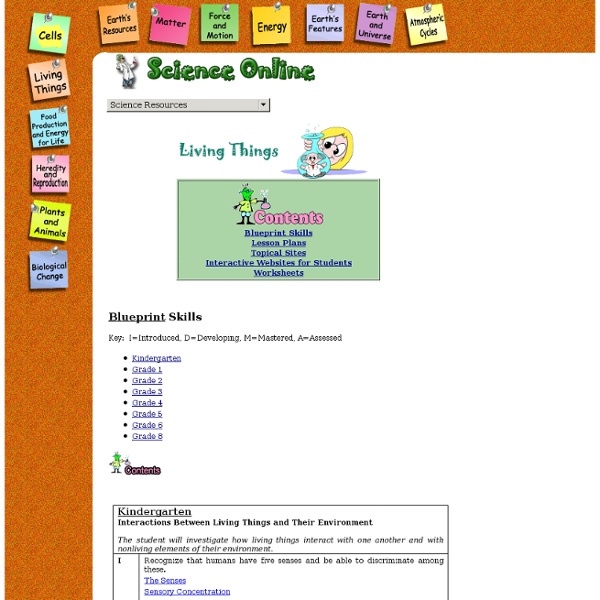



Experimentskafferiet 9 Apps for Young Scientists · Playful Learning I am thrilled to have Rebecca from ThirteenRedShoes back with us today. She has a great list of app recommendations for the young scientists in our lives. Mariah asked me to put together a post on science apps available for children. Here are some great new apps that I have encountered recently. Please do leave the links to new applications in the area of science that you have found, as I would love to see more. Here are my top science finds for little ones ages four and above: Planets – This application, which is universal, therefore available for both iPhone and iPad, is very clever. Make sure to check out Rebecca’s other app recommendations in the posts below (click on the photo)… The name Thirteen Red Shoes came about a few years ago when Rebecca needed a business name quickly for some tutoring she was doing. Know someone else who would enjoy this activity?
5 Great Science Websites For Kids 1- Science Made FunScience Made Fun wants kids to love science by showing how fun science can be. The site is colorful and makes silly sounds as you move your mouse around the page. Kids can read science trivia, science jokes, and play science games. The site also has just over a dozen experiments that kids can perform in school or at home under the supervision of their parents. This site from the BBC offers information, games, and quizzes on a wide variety of scientific topics. The site is very simple to navigate with only three categories: Living Things, Materials, and Physical Process. EurekAlert is a science based site that offers a large collection of kid friendly, science based new articles. Love my Science offers a large selection of fun science experiments that can be performed safely at home or in school with everyday objects. Cells Alive is the place for students to go when learning about cells.
Game for science - Virtual world devoted to science Bubbles That Don't Pop - Unbreakable Bubble Recipe If you're tired of bubbles that pop as soon as you blow them, try this recipe for unbreakable bubbles! Now, it's still possible to break these bubbles, but they are much stronger than regular soap bubbles. Examples of bubbles that truly won't pop include plastic bubbles, which are essentially small balloons. This recipe makes bubbles using a sugar polymer to accomplish much the same result. Unbreakable Bubble Recipe 3 cups water 1 cup liquid dishwashing detergent (Joy is a good choice) 1/2 cup white corn syrup Simply stir the ingredients together to make the bubble solution. Glowing Bubbles If you break open a yellow highlighter and allow the ink to soak into the water, the resulting bubble solution and bubbles will glow under a black light. Bubble Clean Up As you might guess, these bubbles are sticky. Learn More How Bubbles WorkRegular Bubble Solution RecipeMake AntibubblesMake Frozen Bubbles
Fun science experiments and project ideas for kids - educational, exciting and safe